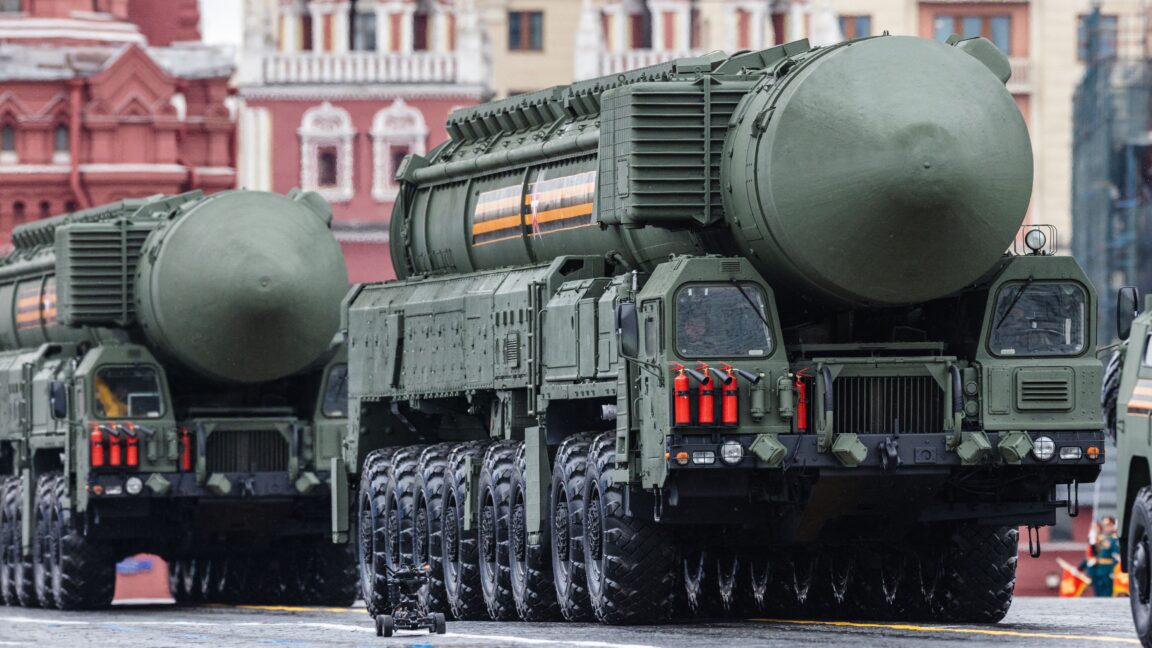Two days ago, Russian President Vladimir Putin announced a change in the country's policy for employing nuclear weapons in conflict. Then, on Thursday, Russia attacked the Ukrainian city of Dnipro with a new type of ballistic missile capable of one day delivering multiple nuclear warheads to distant targets with little warning.
Putin says his ballistic missile attack on Ukraine is a warning to the West.
These events are just part of what has been a week of escalation in the war between Russia and Ukraine. In recent days, Ukraine fired US-made ATACMS tactical ballistic missiles and UK-supplied Storm Shadow missiles at targets in Russian territory for the first time. This followed approval by President Joe Biden for Ukraine to use US-provided longer-range missiles against Russian targets. Previously, Ukraine was only permitted to use them on its own territory.
In a rare televised statement Thursday, Putin said he ordered Russia's military to strike Dnipro, home to Soviet-era rocket factories, using a ballistic missile named "Oreshnik." This means "hazelnut tree" in Russian. The attack was the first use of the Oreshnik missile "under combat conditions," Putin said.
Videos from Dnipro posted on social media show multiple projectiles exploding as they impact the ground at high speed. Local residents in Dnipro said the Oreshnik missile struck an industrial plant operated by PA Pivdenmash, formerly known as Yuzhmash. The PA Pivdenmash factory previously manufactured booster stages for the Soviet-era Zenit rocket and, most recently, first-stage tanks for the US-operated Antares rocket for Northrop Grumman.
Threats from the Kremlin
Sabrina Singh, the Pentagon's deputy press secretary, called the weapon used Thursday an "experimental intermediate-range ballistic missile" based on Russia's RS-26 Rubezh intercontinental ballistic missile model. While the strike before dawn Thursday used conventional munitions, the impact of multiple projectiles suggests the missile employed multiple reentry vehicles, or MIRVs, similar to the way Russia might use the missile in a nuclear attack.




 Loading comments...
Loading comments...
